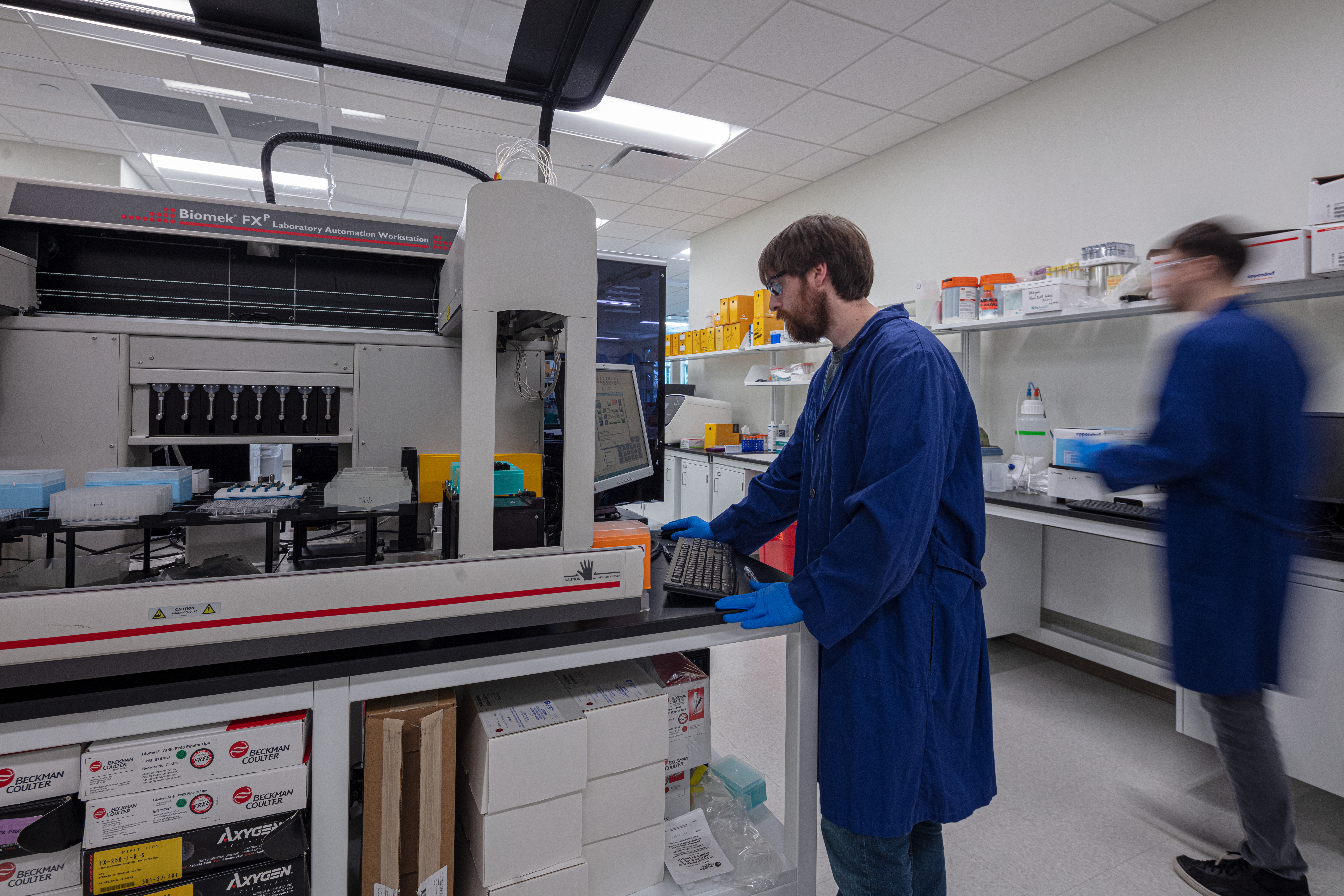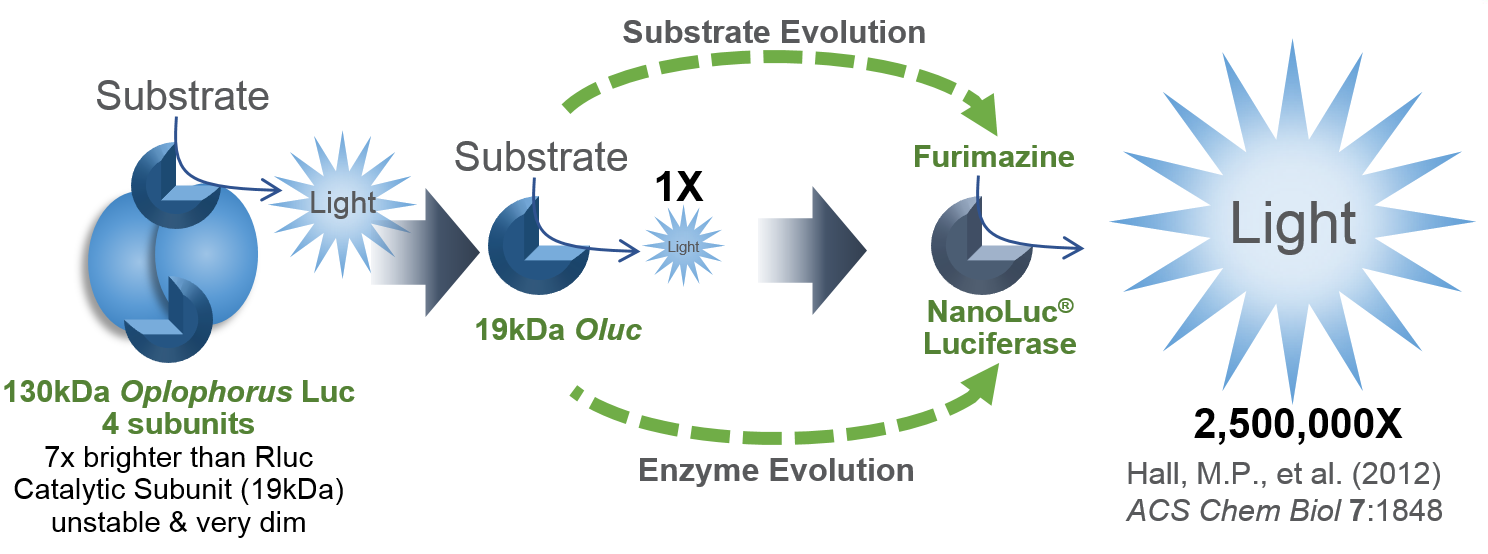
Many research labs around the world have temporarily closed their doors in response to the COVID-19 pandemic, while others are experiencing unprecedented need for reagents to perform viral testing. This urgency has led many scientists to make new connections and build creative, collaborative solutions.
“In labs that are still open for testing or other purposes, there’s certainly heightened anxiety,” says Tony Vanden Bush, Client Support Specialist. “I feel that right now, I need to help them deal with that stress however possible.”
Last week, Tony was contacted by a lab at the University of Minnesota that was preparing to serve as a secondary COVID-19 testing facility for a nearby hospital lab. The two labs needed to process up to 6,000 samples per day, and the university lab was far short of that capacity.
Continue reading “Connecting and Collaborating: How Scientists Across the Globe are Supporting Each Other During The COVID-19 Pandemic”
